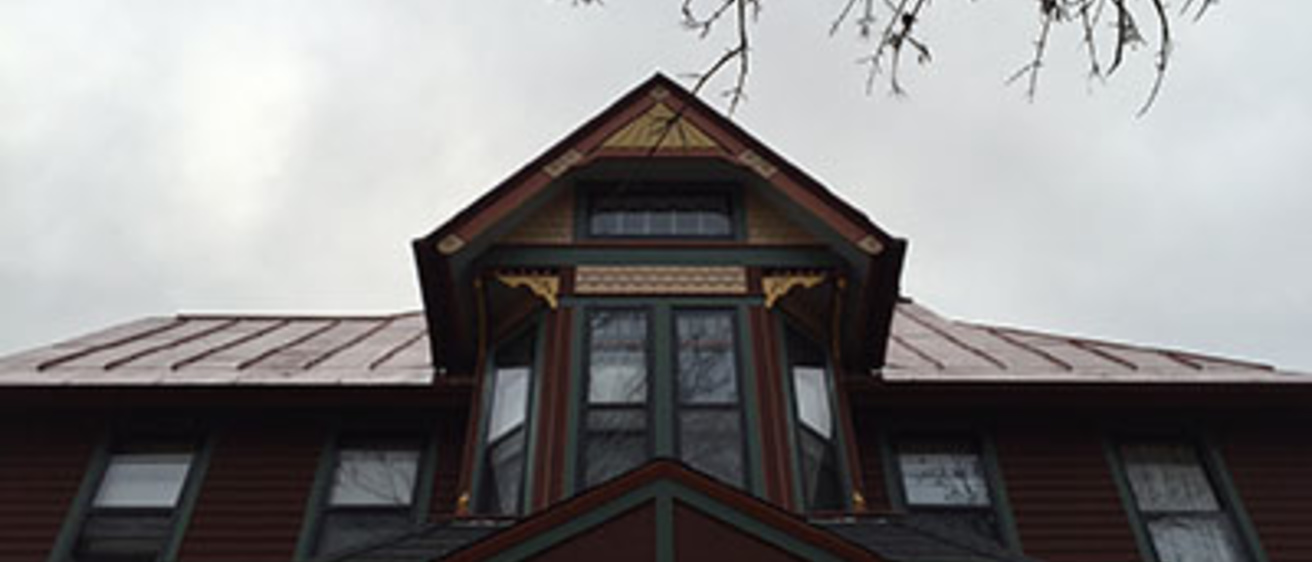Iowa City consistently appears in the rankings on lists for “Best Small Towns” and “Best Places to Live.” It boasts a vibrant culture that is greatly augmented by the University of Iowa. The downtown and UI campus have grown in an interconnected manner, which allows for a highly walkable and robust city center teeming with shops, restaurants, bars, galleries, and music venues. Despite its high scores on quality of life rankings, Iowa City is not immune to the problem of inequitable access to affordable housing.
Urban and Regional Planning graduate students, Eric Hawkinson and Kevin Garza, have been researching how rising income inequality can lead to inequitable access to housing because fewer low and middle income residents can afford the highest in the state market rate prices. In Iowa City, this is driven by the demand from students wishing to live near the UI campus. This area of increased renter demand has been dubbed the University Impact Area.
Hawkinson and Garza have been working together with the City of Iowa City on a report that explores potential affordable housing strategies. The City’s strategic plan has the stated goal of becoming more inclusive, and the comprehensive plan envisions diverse and affordable housing in all neighborhoods—old and new. In response, the City asked for an analysis to examine trends of housing inequality in the community and development of recommendations that will help the City achieve its goal to maintain healthy neighborhoods that appeal to diverse populations.
The report is split into three components: a historic narrative of housing in Iowa City, a collection of Iowa City developer perspectives, and a series of comparable city case studies. On May 3rd, the students will present final recommendations to fellow students and faculty. They will then present the report’s findings to the City before the May 17th City Council work session.
